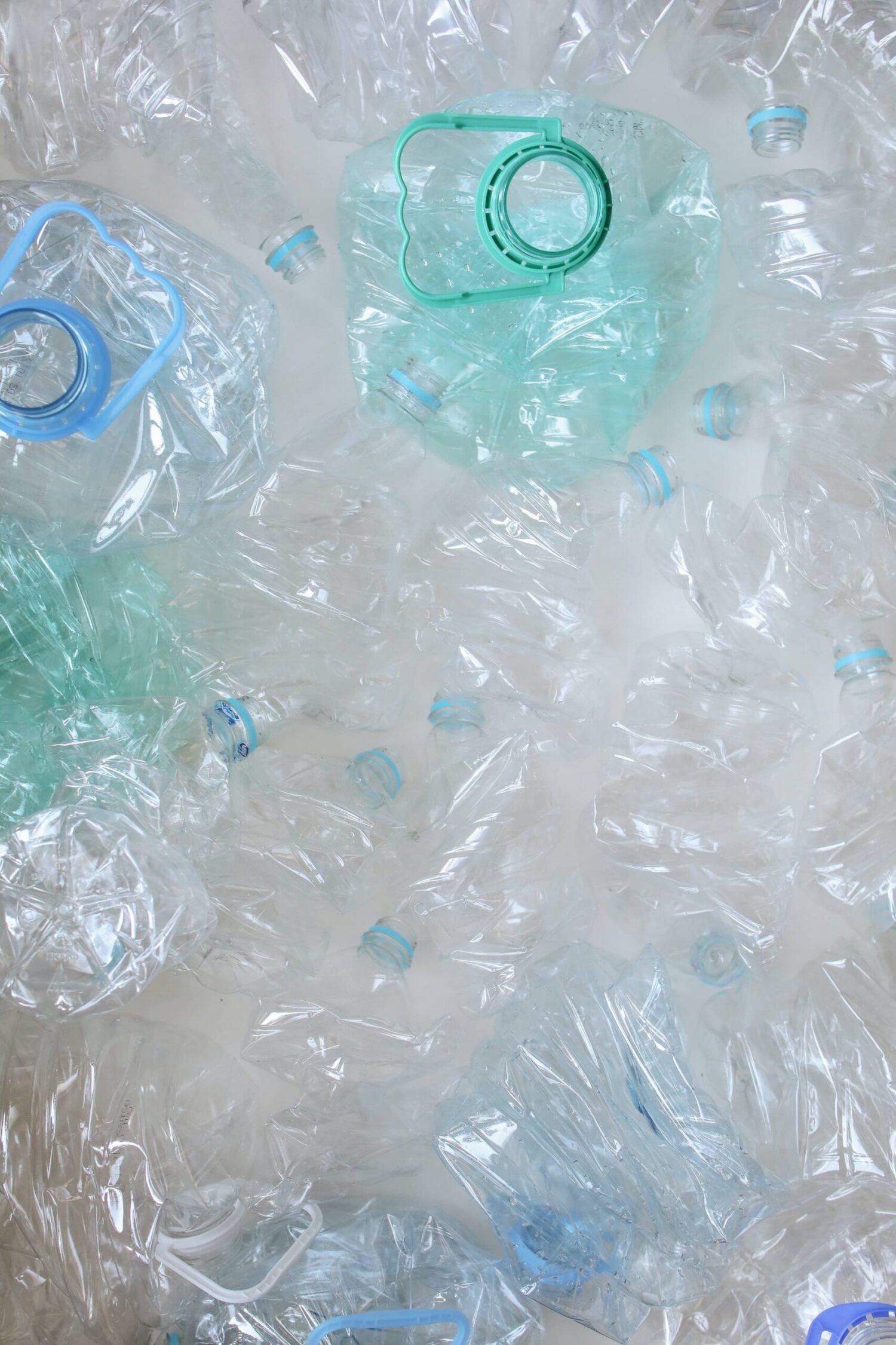Thanks to its flexibility, durability and affordability, plastic has entered almost every aspect of our lives.
When plastic breaks down, it produces micro- and nanoplastic particles (MNPs) that can harm wildlife, the environment and ourselves. MNPs have been found in the blood, lungs and placenta, and we know that they can enter our bodies through the food and liquids we consume.
A new study by a team of researchers from Austria, the US, Hungary and the Netherlands found that MNPs can reach the brain several hours after they are eaten, possibly thanks to the way other chemicals stick to their surface.
Not only is the speed worrisome, but the very possibility of tiny polymers slipping into our nervous system raises some serious concerns.
“In the brain, plastic particles can increase the risk of inflammation, neurological disorders or even neurodegenerative diseases such as Alzheimer’s or Parkinson’s,” says study co-author, pathologist Lucas Köner of the Medical University of Vienna in Austria.
In the study, small fragments of MNPs administered orally to mice were found in their brains in just two hours. But how do MNPs cross the blood-brain barrier that is supposed to keep the brain safe?
As a system of blood vessels and tightly packed surface tissues, the blood-brain barrier helps protect our brains from potential threats by blocking the passage of toxins and other unwanted substances while allowing more beneficial substances to pass through. It stands to reason that plastic particles would be considered a material that should be kept well and truly away from sensitive brain tissue.
“Using computer models, we discovered that a certain surface structure (a biomolecular corona) is crucial for the passage of plastic particles into the brain,” explains Oldamur Holochki, a nanoplastics chemist at the University of Debrecen in Hungary.
To test whether the particles could indeed enter the brain, polystyrene MNPs (a common plastic used in food packaging) in three sizes (9.5, 1.14 and 0.293 micrometers) were labeled with fluorescent markers and pretreated in a mixture similar to digestive fluid before being fed to mice.
“To our surprise, we found specific nanometer-sized green fluorescence signals in the brain tissue of mice exposed to MNPs after only two hours,” the researchers wrote in their published paper.
“Only particles with a size of 0.293 micrometers were able to be taken up by the gastrointestinal tract and penetrate the blood-brain barrier.”
The way in which these small, coated plastics cross the cellular barriers in the body is complex and depends on factors such as particle size, charge and cell type, writes vesti.bg.
Smaller plastic particles have a higher surface area to volume ratio, making them more reactive and potentially more dangerous than larger microplastics. This reactivity is thought to allow the tiny pieces of plastic to gather other molecules around them, hugging them tightly with molecular forces to form a permanent cloak called a corona.
The researchers created a computer model of the blood-brain barrier from a double lipid membrane, made up of a phospholipid found in the human body, to study how particles can pass through such an important neurological barrier.
Four different plastic models were used to investigate the role of the plastic particle corona. The simulations showed that particles with a protein corona cannot enter the barrier. However, those with cholesterol corona can pass, even if they cannot pass deeper into the brain tissue.
The results raise the possibility that the plastic is transported across the membrane and into brain tissue using the right molecular cocktail. Knowing the underlying mechanisms is an important first step in managing their harmful effects.
It’s important to note that the results are based on mice and computer simulations, so it’s unclear whether the same behavior occurs in humans. It’s also unclear how many plastic particles are needed to cause damage. Still, the knowledge that it is possible for coated plastic particles to breach the blood-brain barrier in such a short period advances research in the field, according to the authors.
“To minimize the potential harm of micro- and nanoplastic particles to humans and the environment, it is crucial to limit exposure and limit their use while further research on the effects of MNPs is carried out,” says Kenner.
Photo by Polina Tankilevitch:














